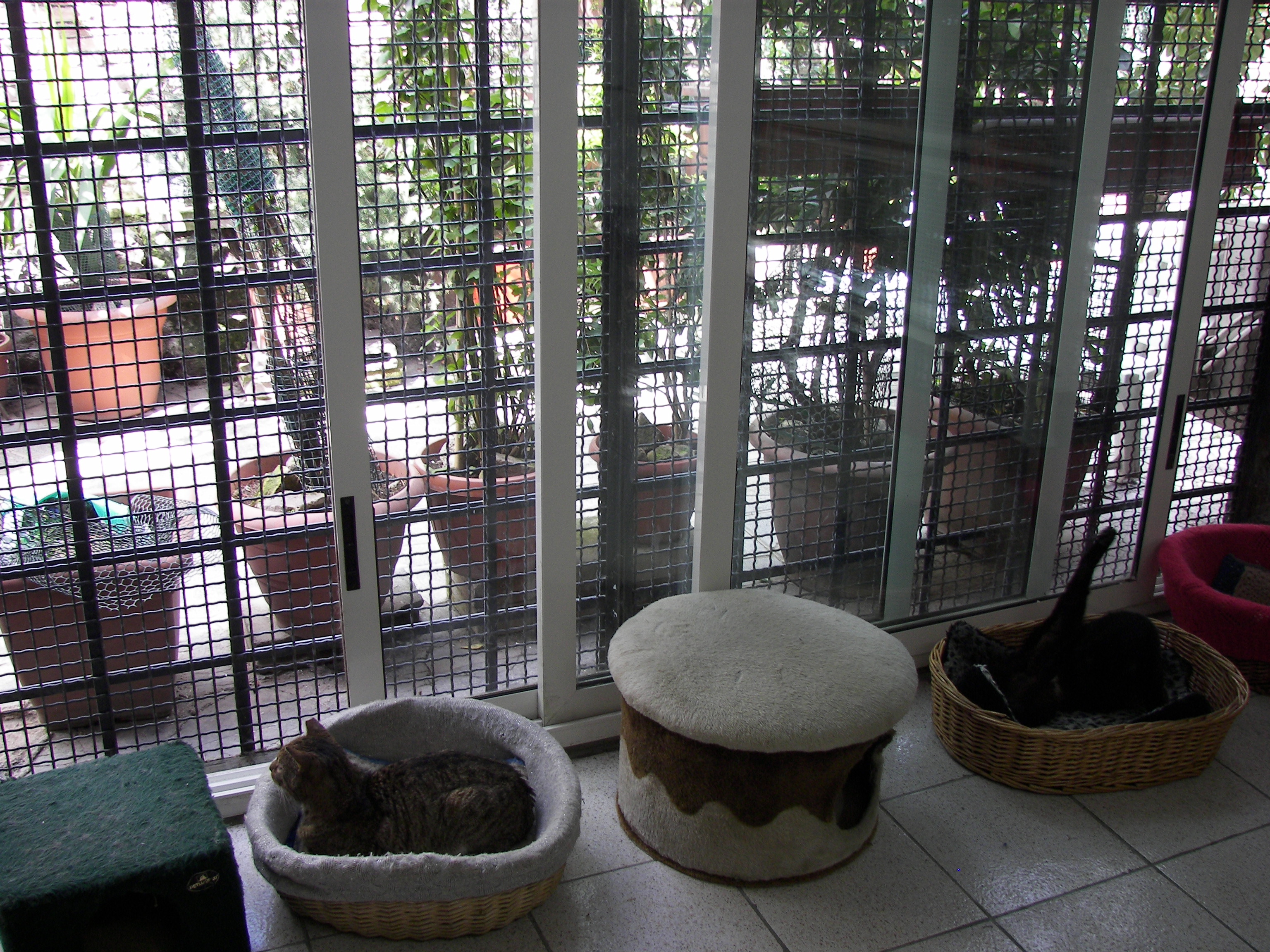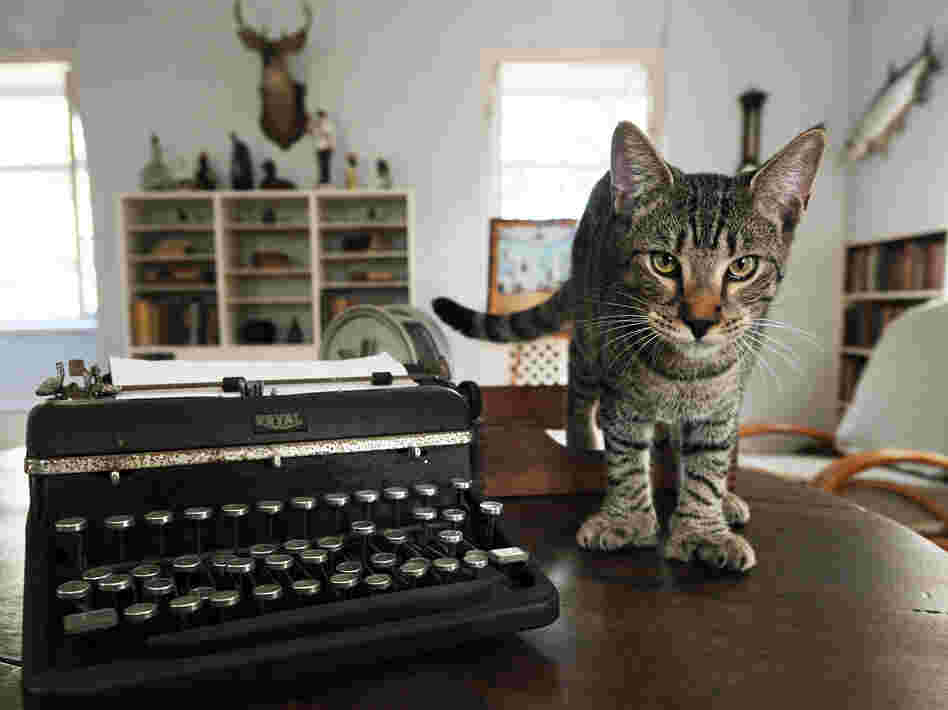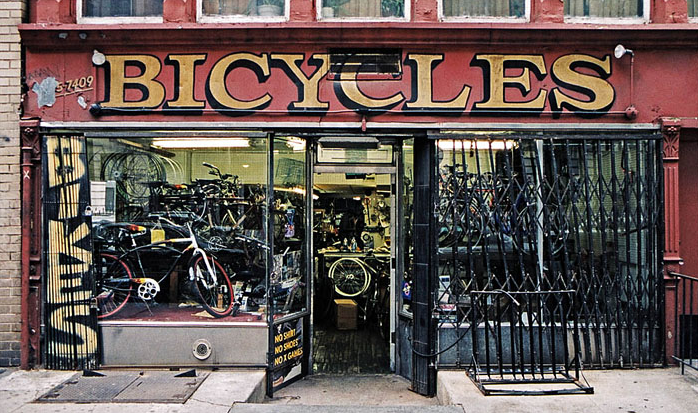Via Paris Review, a 1902 Georges Méliès in honor of author Jonathan Swift.
Thursday, January 24, 2013
Wednesday, January 23, 2013
Tuesday, January 22, 2013
mohandas and marie
With MLK Day just behind the corner, here is a touching post from the Gandhi Worldwide Education Institute. Many know that Dr. King was deeply influenced by Mohandas Gandhi's philosophy of non-violence. Not as many know, however, about Gandhi's influence on the views of yet another remarkable individual - the educator and physician, Dr. Marie Montessori - who clearly had an effect on the Mahatma, as well. The two met in London in 1931 where he delivered a speech at the Montessori Training College. His speech was published in Young India that year. A short excerpt:
*Photo credit/Gandhi Worldwide Education Institute, Dr. Marie Montessori with a young pupil.
You have very truly remarked that if we are to reach real peace in this world and if we are to carry on a real war against war, we shall have to begin with children and if they will grow up in their natural innocence, we won’t have the struggle, we won’t have to pass fruitless idle resolutions, but we shall go from love to love and peace to peace, until at last all the corners of the world are covered with that peace and love for which, consciously or unconsciously, the whole world is hungering.
*Photo credit/Gandhi Worldwide Education Institute, Dr. Marie Montessori with a young pupil.
Sunday, January 20, 2013
later blooming
 Our society doesn't usually associate aging with the emergence of abilities; rather, their decline. Many are familiar, however, with quite the opposite - colloquially known as later blooming - renowned American folk artist, Grandma Moses, one of the more memorable examples of new found talents later in life - a former embroiderer who turned to painting at age seventy-six. According to Late Bloomer, Anna Marie Robertson's first paintings went unnoticed at a county fair, though her raspberry jam sold well. Over the next three decades, she produced 1600 canvases.
Our society doesn't usually associate aging with the emergence of abilities; rather, their decline. Many are familiar, however, with quite the opposite - colloquially known as later blooming - renowned American folk artist, Grandma Moses, one of the more memorable examples of new found talents later in life - a former embroiderer who turned to painting at age seventy-six. According to Late Bloomer, Anna Marie Robertson's first paintings went unnoticed at a county fair, though her raspberry jam sold well. Over the next three decades, she produced 1600 canvases.A very nice article here in the Atlantic by Richard Senelick, M.D. who discusses how (what we consider) brain deterioration, in some respects, actually means the enabling or emergence of other abilities. Change, I think, is the operative term. Richard Senelick's article focuses on people who, say, become incredible artists or musicians with the onset of dementia and Alzheimer's, but implications abound for all of us in more "ordinary" stories of aging, for how any of us approach living at different stages in our development-- whether we see the proverbial glass half-full with promise, rather than half-empty. Circumstances aside (Grandma Moses herself simply said that she at last had the time to paint), many social messages suggest we see ourselves and others only in terms of the later, but this is not really the case. The brain organizes or maps information in different ways at different points over the course of a human being's life. A given combination of physiological and learned elements may produce abilities in one area during one period, with changes in those combinations producing other abilities at another phase.
The late educator and writer John Holt, in one of his lesser known books, Never Too Late: My Musical Life Story, wrote similarly on this subject when he decided to learn the cello in his forties. Never Too Late chronicles his own personal music journey later in life. From wiki: A 40-year-old's taking up an instrument, learning it, and playing it very well was something not really heard of at the time. [John Holt] explains that even though "there are still limits to what can be accomplished, they are farther away than we imagine."
*Painting above, The Pond, by Grandma Moses.
Thursday, January 17, 2013
down and up
Monday, January 14, 2013
the miche
Via Cookography, a large and rustic style, round, flat, French loaf with a recipe from Kansas. Includes lovely bread photographs and a video link to Kansas chef Thom Leonard's kitchen.
Saturday, January 12, 2013
cat sanctuaries
 Where the cats roam free, including a not-to-miss photo stream that would have to be my 2013 number one winner as an Apartment Therapy tour (even if the pictures are from the New York Times). Just that that design spirit is so wonderfully captured-- nay, taken to new heights-- and so charmed the hearts of Times readers that article and stream hit the top of the charts for most emailed on that day.
Where the cats roam free, including a not-to-miss photo stream that would have to be my 2013 number one winner as an Apartment Therapy tour (even if the pictures are from the New York Times). Just that that design spirit is so wonderfully captured-- nay, taken to new heights-- and so charmed the hearts of Times readers that article and stream hit the top of the charts for most emailed on that day."Shakespeare stings thee."
Home of ceramic artist Siglinda Scarpa, it is known as the Goathouse Refuge in Pittsboro, N.C. Meet this loving person here on youtube where she reportedly raises 13,000 dollars per month to care for the cats from donations and the sale of her artwork. The New York Times reports that the Gregg Museum at North Carolina State University will exhibit her ceramic work next fall. Curator Roger Manley calls Ms. Scarpa “the Mother Teresa of animals,” also comparing her to Albert Schweitzer, “taking care of everybody, out in the woods." He describes her home - “so calm and serene — like a spa for cats.”
 Ms. Scarpa is originally from Italy, a land where cats are beloved and many; for example, Henry Chu at the Los Angeles Times reports cats also roaming freely at the Largo di Torre Argentina Square in Rome; another 200 felines, well fed and groomed for 19 years by dedicated volunteers assiduously tending their needs at the site of Julius Caesar's notorious Ides of March stabbing. Healthy rescued kitties come and go freely among the ruins from a site now threatened by *those authorities* because the organization (funded by private donors) sought to be connected to Rome's sewage system. Giving someone somewhere else an axe to grind-- and though the sanctuary has spayed and neutered over 27,000 cats and vaccinates many others-- helping rather than hindering Rome with its kitty issues. Another article here from The New York Times.
Ms. Scarpa is originally from Italy, a land where cats are beloved and many; for example, Henry Chu at the Los Angeles Times reports cats also roaming freely at the Largo di Torre Argentina Square in Rome; another 200 felines, well fed and groomed for 19 years by dedicated volunteers assiduously tending their needs at the site of Julius Caesar's notorious Ides of March stabbing. Healthy rescued kitties come and go freely among the ruins from a site now threatened by *those authorities* because the organization (funded by private donors) sought to be connected to Rome's sewage system. Giving someone somewhere else an axe to grind-- and though the sanctuary has spayed and neutered over 27,000 cats and vaccinates many others-- helping rather than hindering Rome with its kitty issues. Another article here from The New York Times.Photos from wikimedia (credits below):


On the bright side, the shelter's fight is supported by Mayor Gianni Alemanno and his noble cat Certosino while led by a determined and outspoken heroine, the opera singer Silvia Viviani. Plus, NPR reports the Roman cats so popular that the city council recognized cats as part of the city's "biocultural heritage." The city's superintendent for culture, Umberto Broccoli, says that decree ensures the felines cannot be evicted, adding, "As an institution, the cats of Rome are older than the marble columns and pediments. Therefore, the feline colony will not be moved."
 Meanwhile, Ernest Hemingway's home in Key West, Florida is having similar legal issues; it is sanctuary to 45 celebrated polydactyl (or 6 toed) descendants of Snowball, a cat passed on to Hemingway by a sea captain. Per the writer's habit, Snowball's progeny are named after famous people, with some now resting in a charming cat cemetery whereby tour guests can find the likes of Frank Sinatra beside Zsa Zsa Gabor, Marilyn Monroe, or a Mr. Bette Davis. The living wander freely about the property, though someone wandered a bit far afield one day, encountering someone somewhere else who didn't like him.
Meanwhile, Ernest Hemingway's home in Key West, Florida is having similar legal issues; it is sanctuary to 45 celebrated polydactyl (or 6 toed) descendants of Snowball, a cat passed on to Hemingway by a sea captain. Per the writer's habit, Snowball's progeny are named after famous people, with some now resting in a charming cat cemetery whereby tour guests can find the likes of Frank Sinatra beside Zsa Zsa Gabor, Marilyn Monroe, or a Mr. Bette Davis. The living wander freely about the property, though someone wandered a bit far afield one day, encountering someone somewhere else who didn't like him.Now it may wind up in the hands of the Supreme Court.
Like the Roman ruins, tourists at the Hemingway site are often drawn to the location by the cats more than the site's history or former human inhabitants; and at the writer's historic abode, humans may not lounge, say, on the beautifully preserved furniture, but the beautifully cared for felines (as Ernest would surely want) are welcome to flounce themselves down and about. Photostream here.
Cats, it seems, well cared for by humans, leave little or no footprint; while stopping humans from caring for them (unsurprisingly) accomplishes the opposite. Besides, cats seem to bring a place to life - imbibe it with an even greater meaning for the people who visit and then wish to return.
Back in Rome, Lia Dequel, who cofounded the shelter with Ms.Vivianni, says, "People are interested more in cats than in monuments." And-- "The two together are fantastic ... because monuments come alive if you see a cat lying on it, or jumping from one pillar to another."
The same seems to be the case for Mr. Hemingway.
*Photo credits, top to bottom/Wikipedia, photographer: Tinaface86, The Goathouse Refuge, artist Siglinda Scarpa's home, studio, and cat sanctuary /Visiting The Ancients, photographer: Shelly Martin, "One of the residents at the Torre Argentina cat sanctuary"/Wikimedia, photographer: Wknight94, Cat shelter in Largo di Torre Argentina in Rome /Wikimedia, photographer: Wknight94, Cat shelter in Largo di Torre Argentina in Rome./NPR, photographer: Rob O'Neal, '"Hairy Truman," one of the six-toed cats at the Ernest Hemingway Home and Museum in Key West, Fla.'
Thursday, January 10, 2013
Wednesday, January 9, 2013
Tuesday, January 8, 2013
old new york
 Still on my sign binge (see here and here and here), via brain pickings, these wonderful photographs by James and Karla Murray with a typographic tour of New York City by night and New York City's disappearing store front by day.
Still on my sign binge (see here and here and here), via brain pickings, these wonderful photographs by James and Karla Murray with a typographic tour of New York City by night and New York City's disappearing store front by day.*Photo credit/Photographers: James and Karla Murray/Newsweek/"Erney's Bike Shop, East 17th Street near Third Avenue, Manhattan (2003)"
Sunday, January 6, 2013
out to sea
 A new exhibition called Out To Sea: The Plastic Garbage Project is currently on an international tour with scheduled stops at museums in Germany, Finland, Denmark, and France. The project originated in Switzerland at the Zurich Design Museum (ZHDK) and is currently showing at Hamburg's Museum for Arts and Crafts (MKG). Tackling mankind's destruction of the planet with "useful," "everyday" plastic (we've currently produced enough to wrap the planet in plastic wrap 6 times over), the exhibit tries to bring to light plastic's damaging impact on the ecosystem since it doesn't decompose. A review in English here at Spiegel; also a photostream here. In Zurich, 400 school groups have already visited, the first 1/2 of the exhibit "elucidating" ocean ecology, and the second 1/2, our heedless, perhaps obsessive use of plastics in our daily lives.
A new exhibition called Out To Sea: The Plastic Garbage Project is currently on an international tour with scheduled stops at museums in Germany, Finland, Denmark, and France. The project originated in Switzerland at the Zurich Design Museum (ZHDK) and is currently showing at Hamburg's Museum for Arts and Crafts (MKG). Tackling mankind's destruction of the planet with "useful," "everyday" plastic (we've currently produced enough to wrap the planet in plastic wrap 6 times over), the exhibit tries to bring to light plastic's damaging impact on the ecosystem since it doesn't decompose. A review in English here at Spiegel; also a photostream here. In Zurich, 400 school groups have already visited, the first 1/2 of the exhibit "elucidating" ocean ecology, and the second 1/2, our heedless, perhaps obsessive use of plastics in our daily lives.*Photo credit/uploaded by Spiegel, Museum für Kunst und Gewerbe
Saturday, January 5, 2013
Friday, January 4, 2013
bouquet garni
How to make a lovely bouquet garni for your basic stew. It's simpler than you may think.
Thursday, January 3, 2013
off the beaten trail
 A trip to the Orlando area without Disneyland: the "frugal traveler" samples medianoche, mofongo, Audubon Park, even a spiritual reader, along with the Zora Neale Hurston National Museum Of Fine Arts -- also known as The Hurston.
A trip to the Orlando area without Disneyland: the "frugal traveler" samples medianoche, mofongo, Audubon Park, even a spiritual reader, along with the Zora Neale Hurston National Museum Of Fine Arts -- also known as The Hurston.*Photo credit/New York Times/Photographer: Seth Kugel/The Hurston, in Eatonville, Florida, about 15 minutes away, thanks to Interstate 4.
Wednesday, January 2, 2013
power of the future remembered
As we head forward into the New Year, Power Of The Future Remembered shown below. It is one of many creative videos submitted for the 2012 remix contest, "The Sound of the Moving Image. The Past Re-Imagined As The Future." Contestants combined video from the Prelinger Archives and audio from the Free Music Archive.
Subscribe to:
Posts (Atom)
